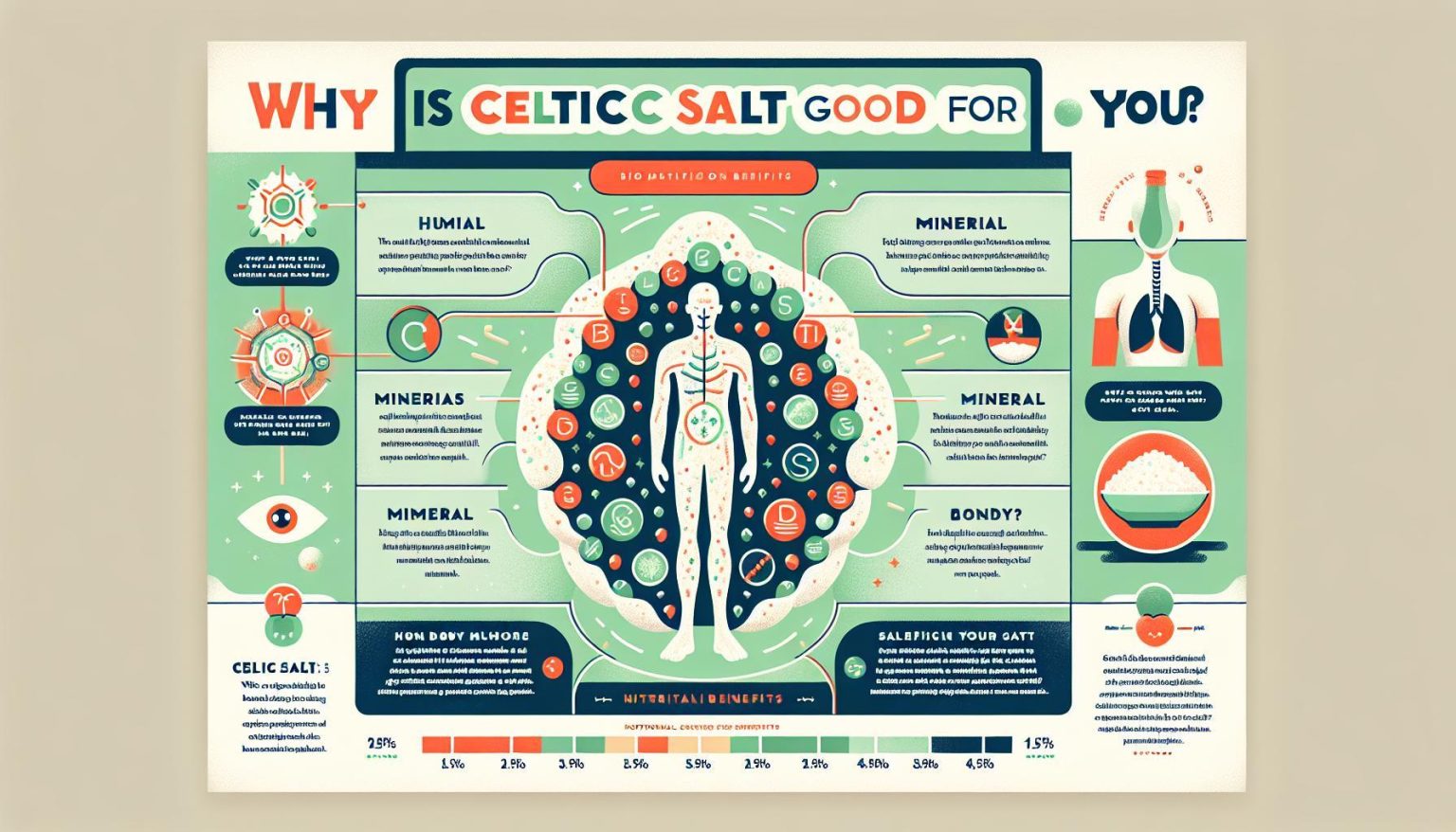Bipolar disorder and other mental health conditions often require a delicate balance of medication and lifestyle changes to manage effectively. Among the most crucial elements in this equation are mood stabilizers, a class of medications that help regulate mood fluctuations and provide long-term stability. Understanding these medications and their role in treating various mental health conditions is paramount for individuals seeking optimal wellbeing and symptom management. This comprehensive guide will delve into the world of mood stabilizers, discussing their benefits, risks, and mechanisms of action, as well as their application in other mental disorders and how they compare to antidepressants.
Embarking on this journey together, we will explore the various types of mood stabilizing medications, such as lithium, anticonvulsants, and atypical antipsychotics, and their unique benefits and risks. We will also examine the potential side effects and monitoring requirements associated with these medications, and how adopting healthy habits and participating in therapy and support groups can complement mood stabilizer treatment and enhance overall well-being.
Key Takeaways
- Mood stabilizers are a critical element of treating bipolar disorder, moderating the concentrations of neurotransmitters in the brain and preventing extreme mood shifts.
- Various types of mood stabilizing medications, such as lithium, anticonvulsants and atypical antipsychotics can be used to treat mental disorders like schizoaffective disorder or personality disorders.
- Healthy lifestyle habits combined with therapy and support groups can maximize effectiveness when using mood stabilizers for treatment.
The Role of Mood Stabilizers in Bipolar Disorder

Preventing Mood Swings
Long-term Treatment
Types of Mood Stabilizing Medications

Lithium
- increased thirst and urination
- nausea
- weight gain
- fine trembling of the hands
Anticonvulsants
Atypical Antipsychotics
- Aripiprazole
- Olanzapine
- Quetiapine
- Risperidone
Although atypical antipsychotics can cause side effects, such as weight gain, drowsiness, and metabolic changes, these effects may lessen over time with continued treatment. For individuals taking atypical antipsychotics, regular monitoring for potential side effects and necessary dosage adjustments are crucial for ensuring optimal outcomes.
Side Effects and Monitoring

Common Side Effects
Monitoring and Adjusting Treatment
Mood Stabilizers and Other Mental Disorders

Schizoaffective Disorder
Personality Disorders
Mood Stabilizers vs. Antidepressants

Effectiveness in Treating Depression
Risks of Using Antidepressants in Bipolar Disorder
Lifestyle and Coping Strategies

Healthy Habits
Therapy and Support Groups
Summary
Frequently Asked Questions
What is the most commonly used mood stabilizer?
What are the top 5 mood stabilizers?
What are examples of mood stabilizers?
What is the primary purpose of mood stabilizers?
What are the potential side effects of mood stabilizers?










